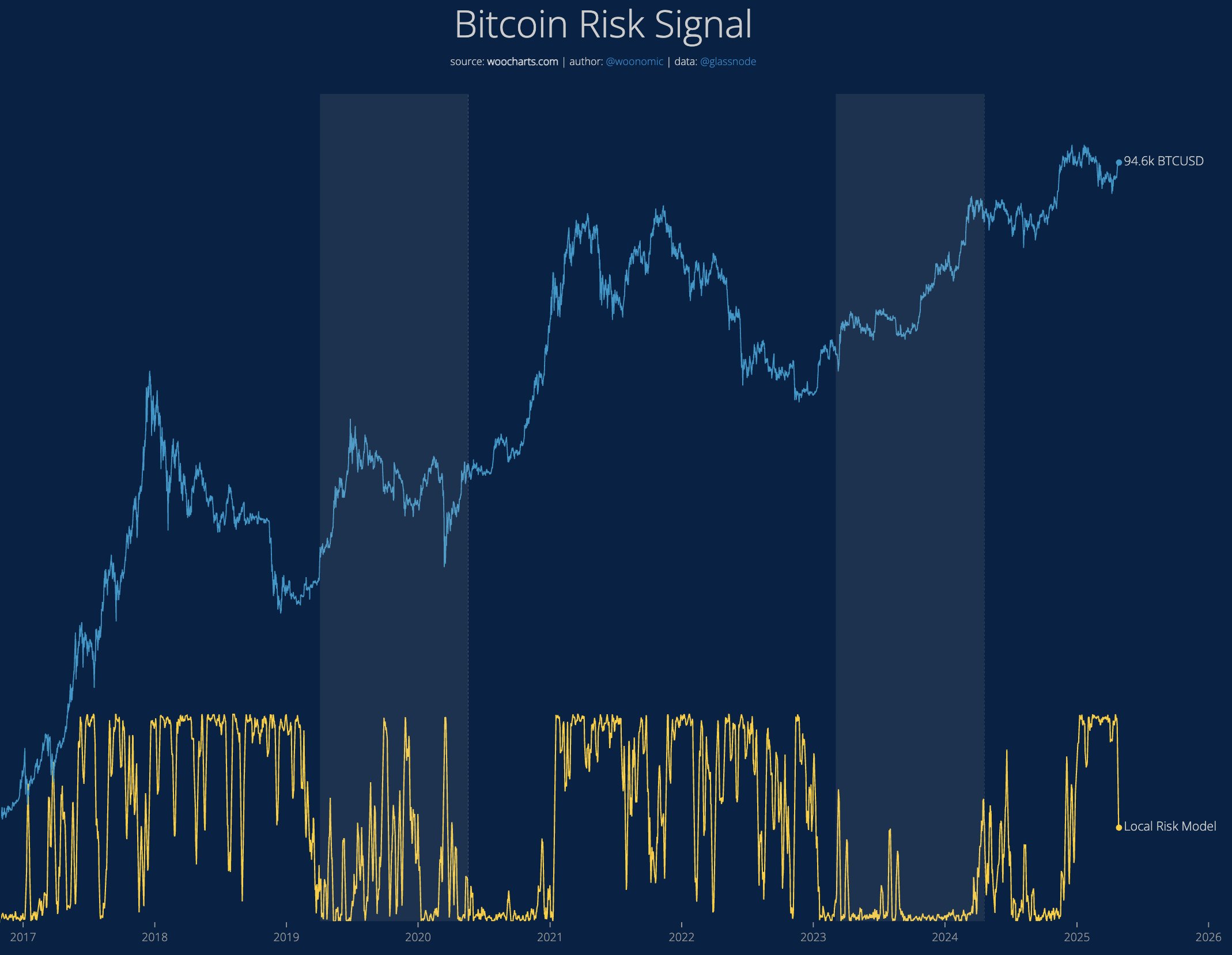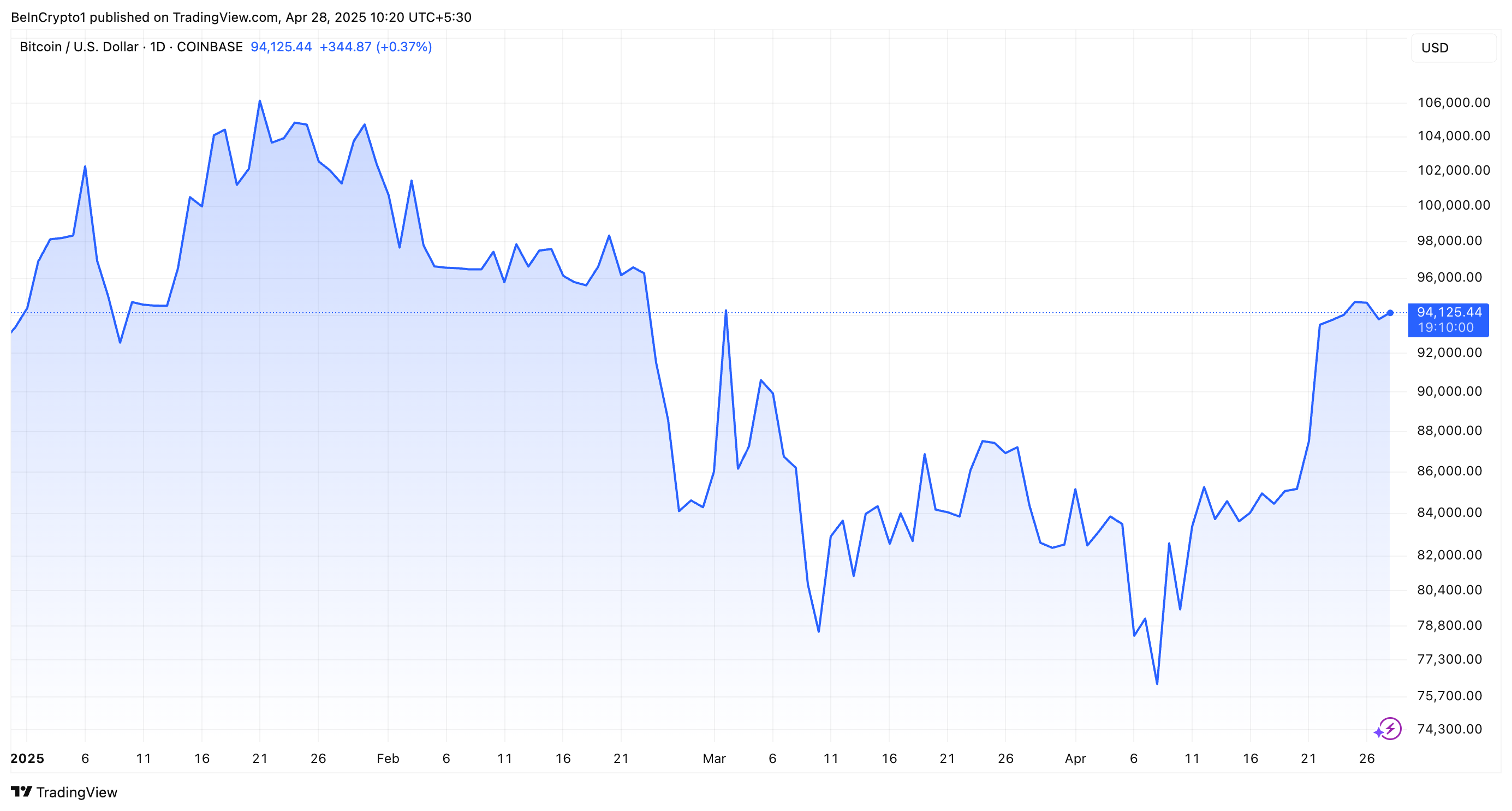The Euro (EUR) is inching higher against the US Dollar (USD) on Monday, December 9th, demonstrating a tentative recovery after finding support at a key technical level. This upward move highlights the importance of the 20-day Simple Moving Average (SMA) for the EUR/USD pair, suggesting a cautiously optimistic short-term outlook.
Technical Indicators Hint at Building Momentum
While the EUR/USD remains below the psychologically significant 1.0600 level, technical indicators are flashing signs of potential improvement. The Relative Strength Index (RSI) is currently trending upwards, indicating a recovery in momentum. However, the RSI remains below the neutral 50 mark, suggesting a cautious approach as the recovery is still in its early stages.
The Moving Average Convergence Divergence (MACD) indicator adds further weight to the potential for a bullish resurgence. The MACD is printing rising green bars, signifying building bullish momentum. However, a decisive breakout above resistance is still needed to confirm a clear uptrend.
Key Levels to Watch: Bulls Aim for 1.0600, Bears Eye Support
For the EUR/USD to extend its gains, traders will be closely watching the 1.0600 resistance level. A successful break above this level would open up further upside potential for the Euro. Conversely, a break below the crucial support level at the 20-day SMA, currently hovering around 1.0550, could trigger renewed selling pressure. If this support level fails to hold, the EUR/USD could revisit the 1.0530 level and potentially even test the psychological barrier of 1.0500.
Also Read: Is The Euro On The Rebound? Understanding The Impact Of The Trump Trade Unwind
Market Sentiment Remains Cautious
Despite the tentative recovery, overall market sentiment surrounding the EUR/USD pair remains cautious. The ongoing geopolitical tensions and economic uncertainties continue to weigh on the Euro. Investors will be monitoring upcoming economic data releases and central bank decisions from both the Eurozone and the United States for further direction.



 (@MagicEden)
(@MagicEden) 


